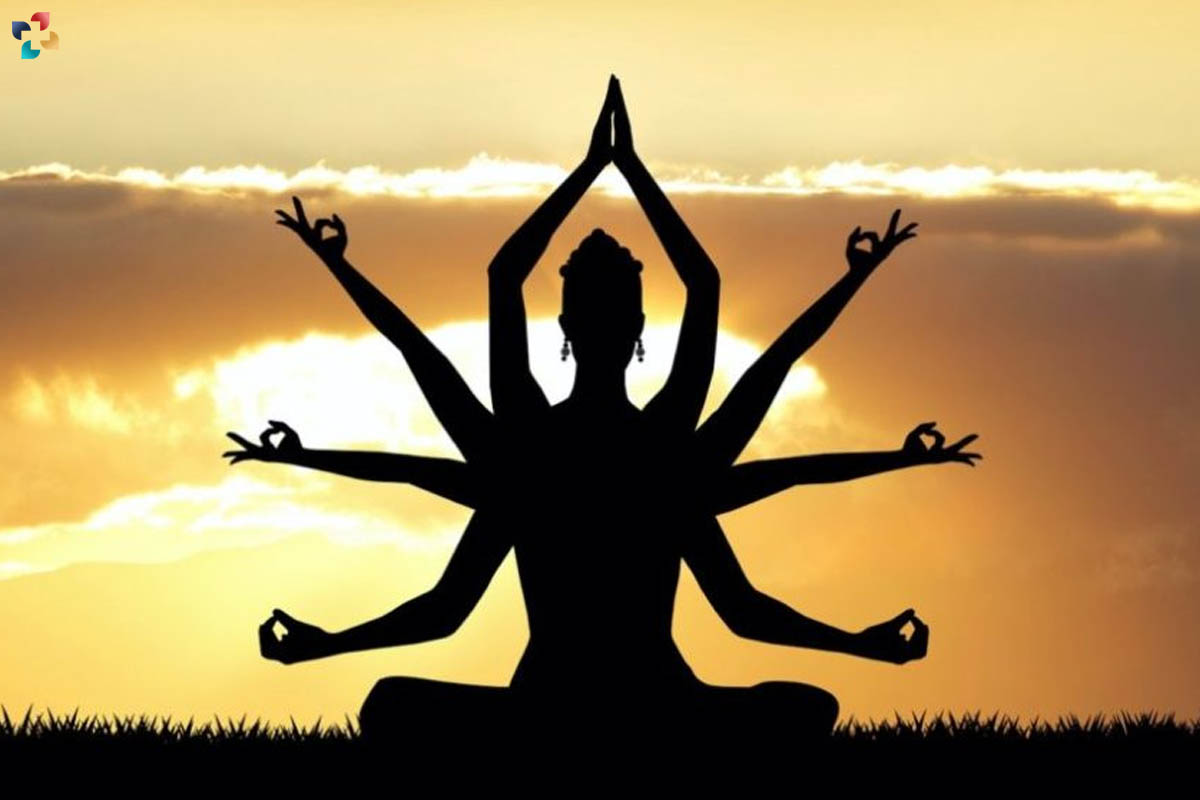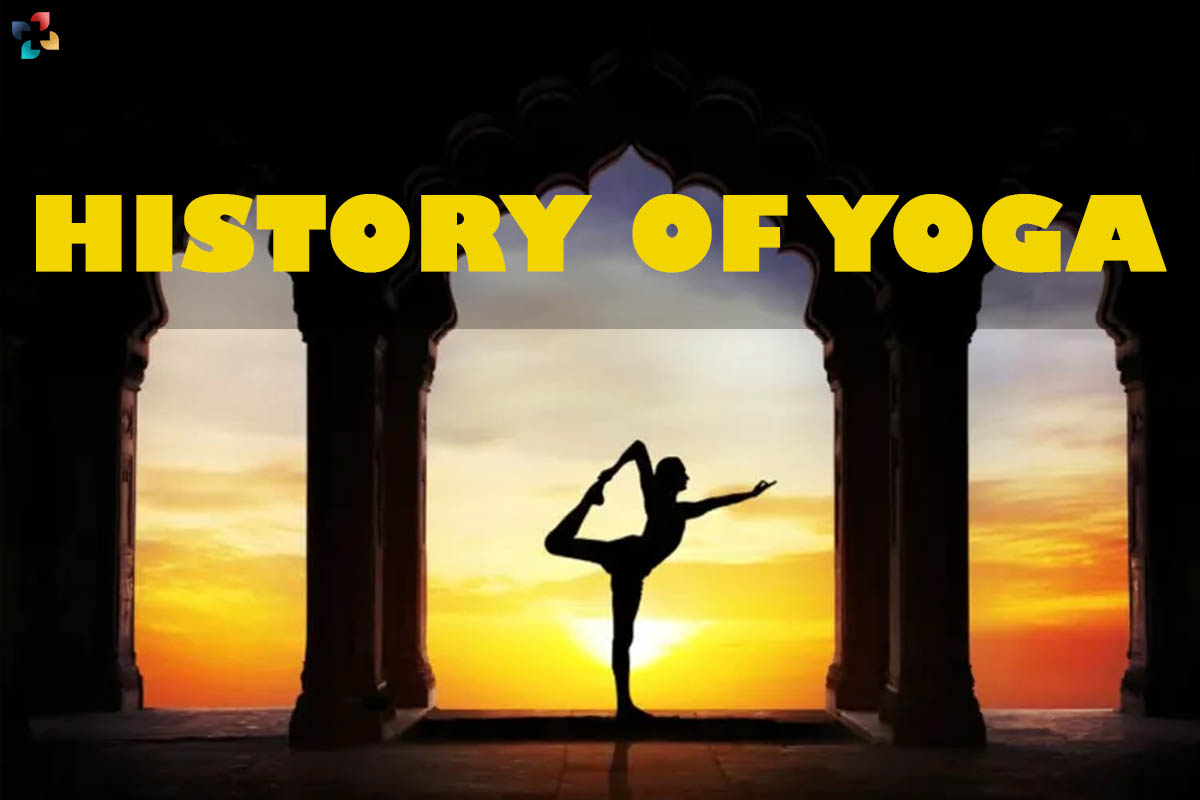The oral transmission of holy texts and the shrouded nature of yoga’s teachings have resulted in many areas in the history of yoga being shrouded in mystery and surrounded by conjecture. The first texts on yoga were recorded on frail palm leaves, which made it easy for these writings to get damaged, forgotten, or misplaced.
There is evidence that yoga was practiced around 5,000 years ago, but other academics believe that the practice might be as much as 10,000 years old. The origin of yoga can be traced back to this time period.
The history of yoga may be broken down into four primary stages distinguished by its invention, practice, and evolution;
1. Pre-Classical Yoga
Over five thousand years ago, the Indus-Sarasvati civilization in the northern region of India was responsible for the early development of the history of yoga. The Rig Veda, one of the earliest and most revered books, is when the term yoga was originally stated.

The Vedas were a collection of scriptures that included hymns, mantras, and rituals that were meant to be performed by Brahmans, who were the priests who were in charge of the Vedic religion. The Brahmans and Rishis were mystic seers who were responsible for the steady refinement and development of yoga. They chronicled their practices and beliefs in a massive compilation called the Upanishads, which included over 200 texts.
The Bhagavad-Gita, which was written about 500 B.C.E., is considered to be the most famous of the Yogic texts. The notion of ceremonial sacrifice was taken from the Vedas and absorbed by the Upanishads, which taught the sacrifice of the ego via self-knowledge, action (karma yoga), and wisdom (jnana yoga).
2. Classical Yoga
When the history of yoga was in its pre-classical stage, it consisted of a hodgepodge of different ideas, beliefs, and practices that often clashed with one another and went against one another. Patanjali’s Yoga-Sûtras are considered to be the first-ever comprehensive teaching of yoga, and as such, they mark the beginning of the Classical era. This treatise, which was written sometime in the second century, covers the path of RAJA YOGA, which is sometimes referred to as “classical yoga.”
Patanjali structured the practice of yoga into what is known as an “eight-limbed path,” which includes the stages and processes that one must go through in order to achieve Samadhi, also known as enlightenment. Patanjali is sometimes regarded as the “father” of the history of yoga, and the Yoga-Sûtras that he wrote continue to have a significant amount of influence on most forms of contemporary yoga.
3. Post-Classical Yoga
A number of centuries after Patanjali, yoga gurus devised a set of practices with the intention of revitalizing the body and adding years to one’s lifespan. They disregarded the advice given in the ancient Vedas and instead focused their attention on perfecting their physical bodies as a path to nirvana.

They came up with Tantra Yoga, which includes drastic procedures to purify both the body and the mind in order to cut the ties that bind us to our physical life. This investigation into the physical-spiritual linkages and body-centered practices led to the development of Hatha Yoga, which is the kind of history of yoga that is most often associated with the Western world.
4. Modern Period
Late in the history of yoga nineteenth century and early in the twentieth century, yoga gurus started making their way to the Western world, where they garnered recognition and disciples. When Swami Vivekananda spoke at the Parliament of Faiths in Chicago in 1893, he impressed the participants with his teachings on yoga and the similarity of all of the world’s religions.
This was the beginning of the movement. Through the efforts of T. Krishnamacharya, Swami Sivananda, and a number of other yogis who practiced Hatha Yoga, the discipline received significant exposure and promotion in India in the 1920s and 1930s. In 1924, Krishnamacharya established the first school dedicated to the practice of Hatha Yoga in the city of Mysore.
Four years later, in 1936, Sivananda established the Divine Life Society on the banks of the sacred Ganges River. Pattabhi Jois, B.K.S. Iyengar, and T.K.V. Desikachar were three of Krishnamacharya’s disciples who went on to make significant contributions to the development of Hatha history of yoga and carry on the legacy of their teacher. Sivananda was a prolific author who penned more than 200 books on yoga. He also founded nine ashrams and several yoga institutes all over the globe.
After Indra Devi launched her yoga studio in Hollywood in 1947, there was a slow but steady increase in the number of people practicing yoga in the Western world. Since then, several other western and Indian instructors have established themselves as pioneers, furthering the spread of hatha the history of yoga, and attracting millions of new practitioners. There are currently a great number of distinct schools or styles of Hatha Yoga, and each one places an emphasis on a particular facet of the practice.







